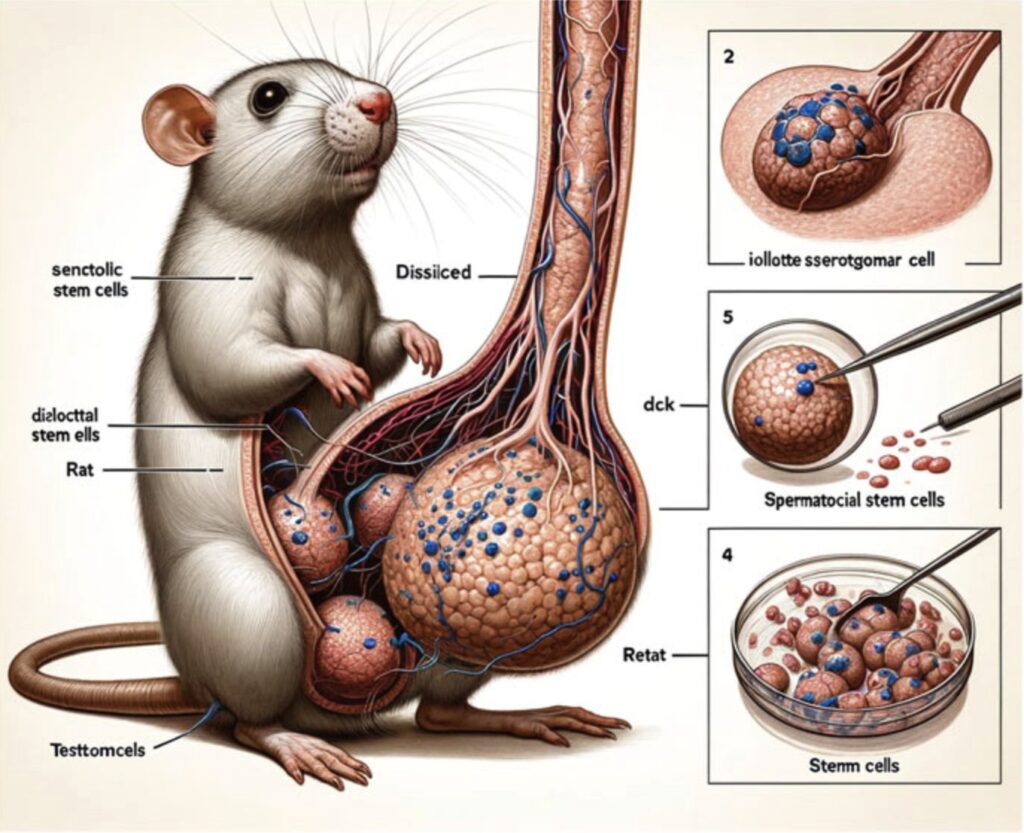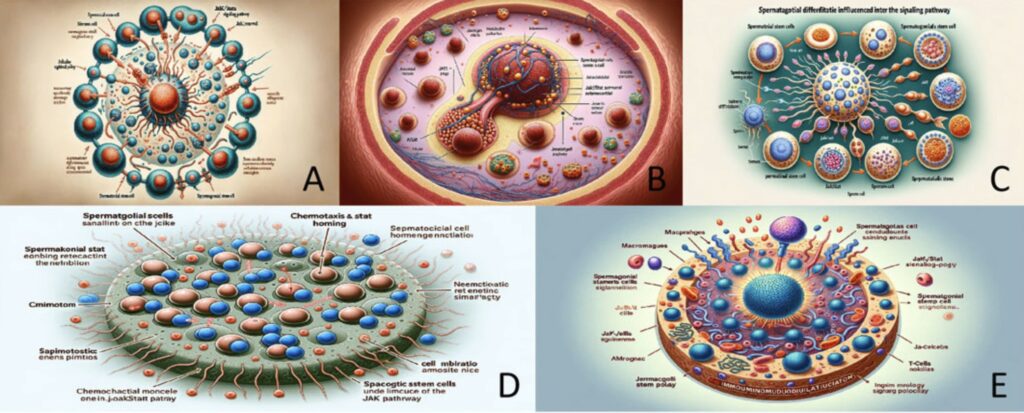A recent publication in the Frontiers Journal was revealed to include diagrams generated by an AI tool, specifically MidJourney.
The paper in question delves into the complex relationship between spermatogonial stem cells (SSCs) and the JAK/STAT signaling pathway, an intriguing area of research for those studying regenerative medicine and tissue repair.
Someone used DALL-E to create gobbledygook scientific figures and submitted them to Frontiers Journal. And guess what? The editor published it. LOLhttps://t.co/hjQkRQDkal https://t.co/aV1USo6Vt2 pic.twitter.com/VAkjJkY4dR
— Veera Rajagopal (@doctorveera) February 15, 2024
SSCs are a type of stem cell found in the testes essential for sperm production and fertility. They possess the remarkable ability to self-renew and give rise to spermatogenesis, which produces spermatozoa.
On the other hand, the JAK/STAT signaling pathway is a critical mechanism for transmitting signals from various cytokines and growth factors from the cell surface to the DNA in the cell nucleus, influencing gene expression.
If that doesn’t make sense, this bizarre diagram of a rat certainly won’t help.

Commenters on X expressed disbelief at the oversight, with one stating, “Erm, how did Figure 1 get past a peer reviewer?!”
Another questioned the use of Midjourney for creating the figures, deeming it “unacceptable,” while Tim Nicholson pondered, “Could the whole article be AI-generated, or just the figs?”
It’s an extremely complex paper, but you couldn’t say categorically whether it was AI-written or not. Someone speculated that it’s possible as the subject matter isn’t the authors’ expertise.
You can view the paper here, but it might not be available forever.
Some were sympathetic, stating that the figures weren’t really intended to demonstrate anything anyway – but still, why?!
To be fair, the authors did declare they used MidJourney, but it’s still bizarre, just like this colorful diagram with evidently nonsense text.

Unsurprisingly, the paper ignited a discussion about the role of AI in scientific research and publishing. The peer-review process, traditionally considered a safeguard against inaccuracies and fabrications, is now under scrutiny.
As one X commenter lamented, peer review was once regarded as an “almost magical barrier” against such issues, but this incident suggests otherwise.
If AI can generate figures and potentially entire papers, the trust in scientific literature could be undermined – something many academics fear already.

One X commenter highlighted a grim statistic, suggesting that “the average paper being read by less than 1 person apparently includes the editor and reviewers.”
At least this shows that AI-generated images won’t evade the X community, even if they do slip through the peer-review process.
Whether this was an innocent attempt to embellish the paper or some sort of satire or test, let’s hope it doesn’t find its way into anyone’s thesis.





